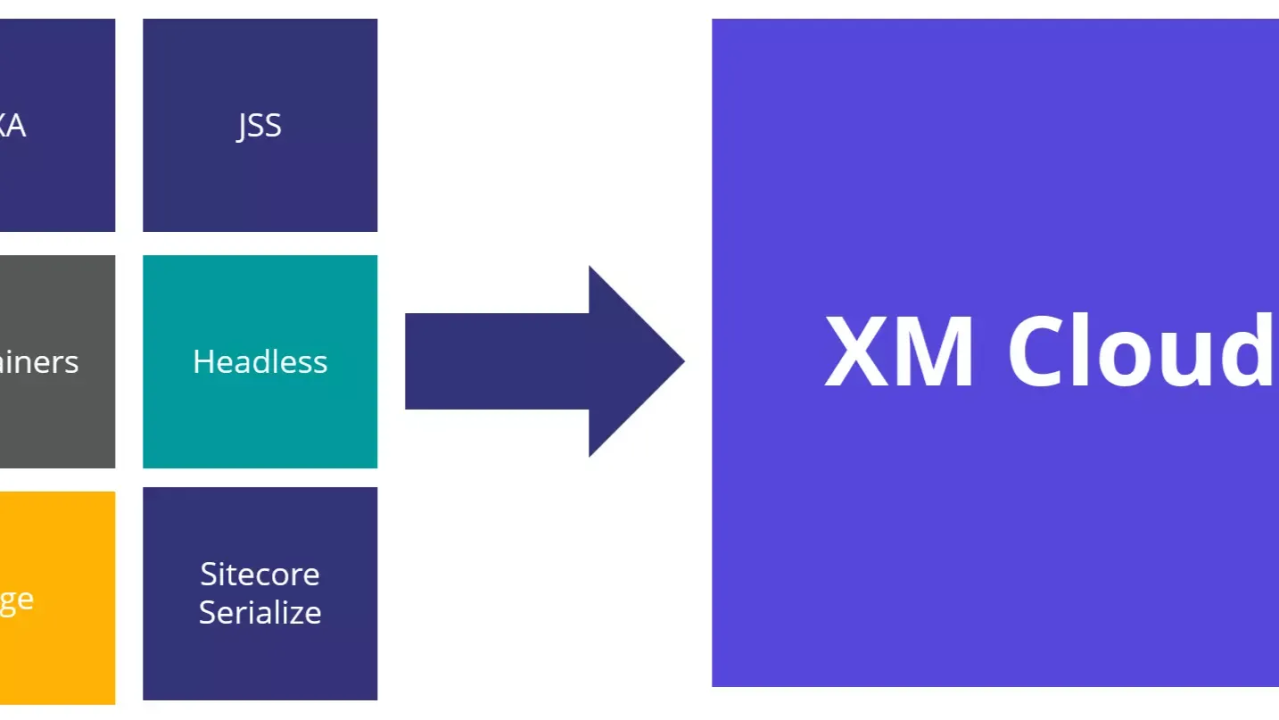The Future of CMS: Is the Industry Moving Towards Headless and SaaS?

The way websites manage content is changing fast. More companies are now using headless and SaaS-based CMS platforms. But why is this happening? Will traditional CMS systems disappear? Let’s explore what’s driving this shift and what the future looks like.
Why Headless and SaaS CMS Are Growing
Industry Trends Supporting the Shift
- Experts Predict Change: Research from top firms like Gartner and Forrester shows that headless and SaaS CMS will be the future.
- Sitecore’s Move to Cloud: Sitecore is focusing more on XM Cloud, a cloud-based headless CMS, instead of its older XP platform.
- Other Big Players: Adobe Experience Manager now supports headless, and companies like Contentful and Storyblok offer fully headless CMS solutions.
- WordPress Adapts: Even WordPress, a traditional CMS, now allows headless functionality using APIs.
Why Companies Prefer Headless & SaaS CMS
- Better Content Delivery: Companies need to share content across websites, apps, smart devices, and even VR. Headless CMS makes this easy.
- Faster and Scalable: Separating the front-end and back-end makes websites quicker and easier to grow.
- Less Maintenance with SaaS: Cloud-based CMS platforms take care of hosting, scaling, and security, reducing manual work.
- More Flexibility for Developers: Developers can use modern tools like React, Next.js, and Vue.js instead of outdated CMS templates.
- Stronger Security: SaaS CMS platforms handle updates and security, reducing risks for businesses.
Will Traditional CMS Disappear?
Traditional CMS platforms are still useful, especially for companies that want easy content editing and built-in marketing tools. Many businesses are now choosing a hybrid CMS, which combines both traditional and headless features. This allows them to keep the best of both systems.
What’s Next for CMS?
Here’s what we can expect in the future:
- More AI Features: AI will help personalize content, auto-tag images, and suggest content improvements.
- Flexible Digital Platforms: Companies will choose modular, API-based systems instead of one large CMS.
- More Cloud-Based Solutions: Big CMS providers like Sitecore are moving towards cloud-first solutions, reducing the need for on-site installations.
Final Thoughts
The move towards headless and SaaS CMS is happening fast. While traditional CMS will still be around, the future is cloud-based, flexible, and fast. Companies that embrace these changes will enjoy better performance, security, and scalability.
Are you thinking about switching to a headless or SaaS CMS? Share your thoughts in the comments!
